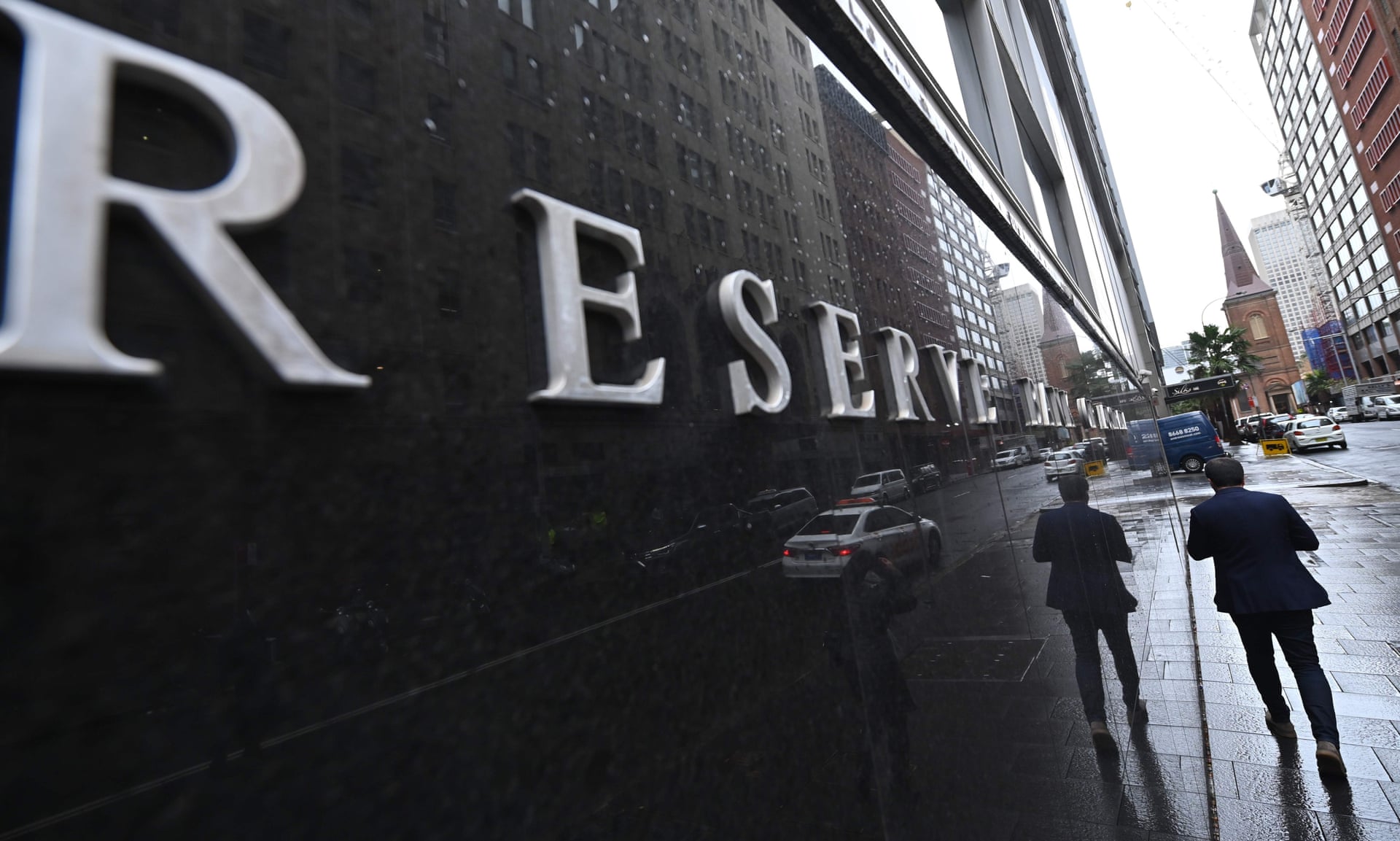The official Australian interest rate has a zero in front of it for the first time ever.
The Reserve Bank saw fit to cut the cash rate to a new record low 0.75 per cent – its third cut in five months – in a bid to light a fire under a spluttering economy.
The move is aimed at firming the weakening job market, igniting wages growth and inflation, and boosting household spending, but a side-effect is an explosive rebound in house prices.
What does this cut mean for mortgage holders?
Major banks are busily considering how much of the quarter-of-a-percent cut to pass on to borrowers, but recent history suggests only a partial cut will be handed out.
“A 0.25 per cent Reserve Bank cut will mean a lower home loan rate for most borrowers, likely sparking cuts of somewhere between 0.15 per cent and 0.20 per cent,” Canstar finance expert Steve Mickenbecker said.
“For most borrowers a cash rate cut would see them finally get their rate below 4 per cent, with the lowest rates in the market likely to come down to between 2.74 per cent and 2.84 per cent.”
The message is clear – despite the low and falling rates, it’s still crucial to shop around.
What does it mean for property prices?
Fueled by the mid-year rate cuts, Sydney and Melbourne property prices jumped 1.7 per cent in September, following similar gains in August, according to the latest CoreLogic data.
After almost two years of price dives – totalling a 15 per cent drop in Sydney and 11 per cent in Melbourne – prices in those cities have now rebounded about 3.5 per cent in the last quarter.
Prices still have a way to go to regain their peaks, but the RBA’s rate cut today adds “fuel to the fire”, according to Commonwealth Bank economist Gareth Aird.
“There is a lot of momentum in the market at the moment,” Mr Aird said. “All of the forward looking -indicators are pointing to further price rises.”
The gains are not being felt in other capital cities, with Brisbane only adding 0.1 per cent, Adelaide remaining flat, Perth falling 0.8 per cent, Hobart giving up 0.4 per cent and Darwin slipping 0.2 per cent. Canberra is a possible exception, posting a 1 per cent rise in September.
With interest rates for investors and owner-occupiers dropping to record lows and prices jumping off their recent lows, a sense of urgency is growing among buyers.
“Although housing values are now consistently tracking higher, at least at a macro-level, the national index remains 6.8 per cent below the October 2017 peak, indicating that buyers still have some time to take advantage of improved housing affordability before values return to record highs,” CoreLogic Head of Research Tim Lawless said.
What does the cut mean for savers?
It’s more bad news for those with their money in the bank, with effectively no returns now offered on big bank savings accounts outside of bonus and introductory rates.
“With the base savings rate for most online savers below 0.15 per cent and shrinking towards zero, it’s time for savers to look around the market for a better deal,” Canstar’s Steve Mickenbecker said.
“Rates are available up to 1.8 per cent for the same style of account. In a low rate environment, people have to work their savings harder.”
Author: Chris Kohler – Business and Property Reporter
Source: 9news.com.au



